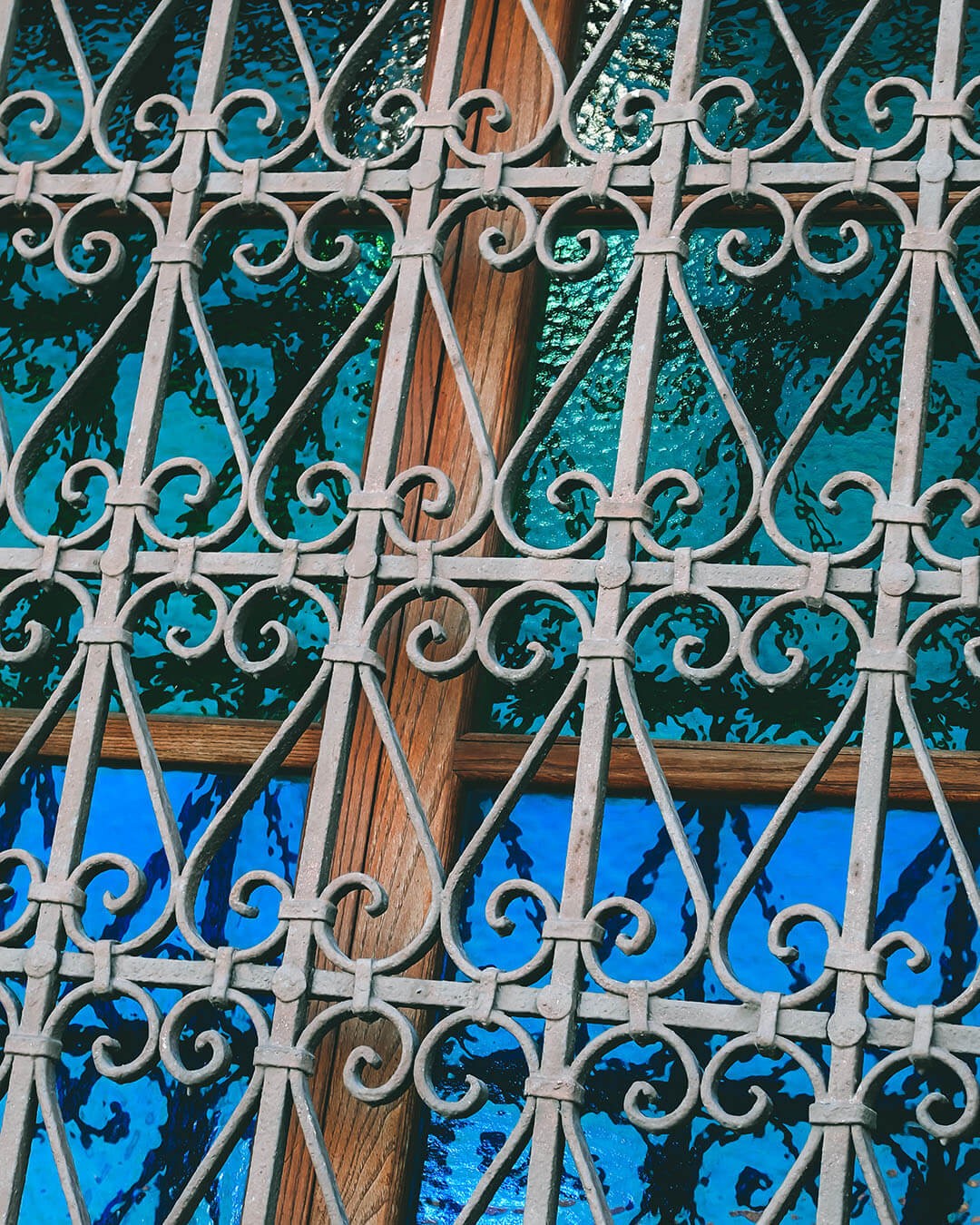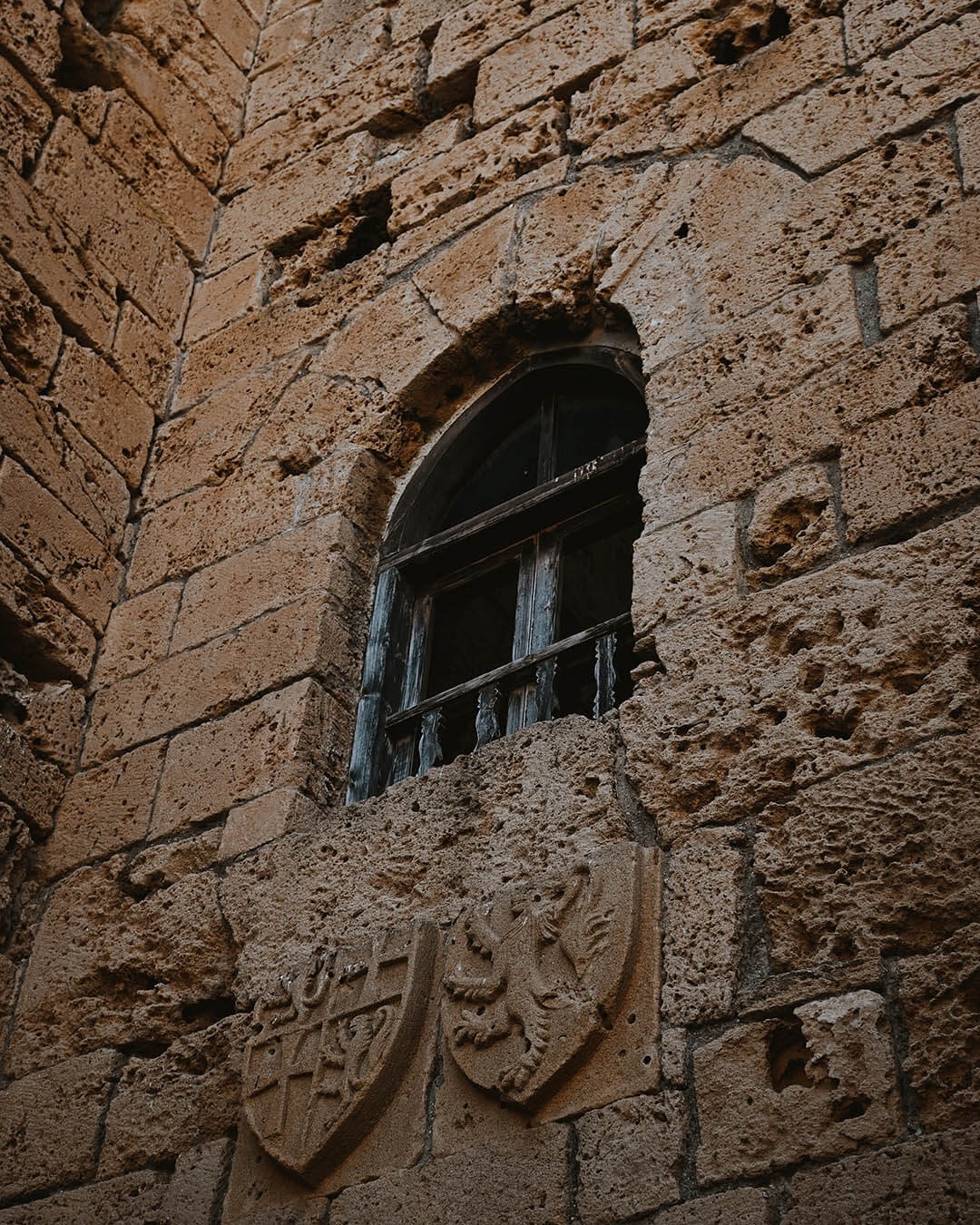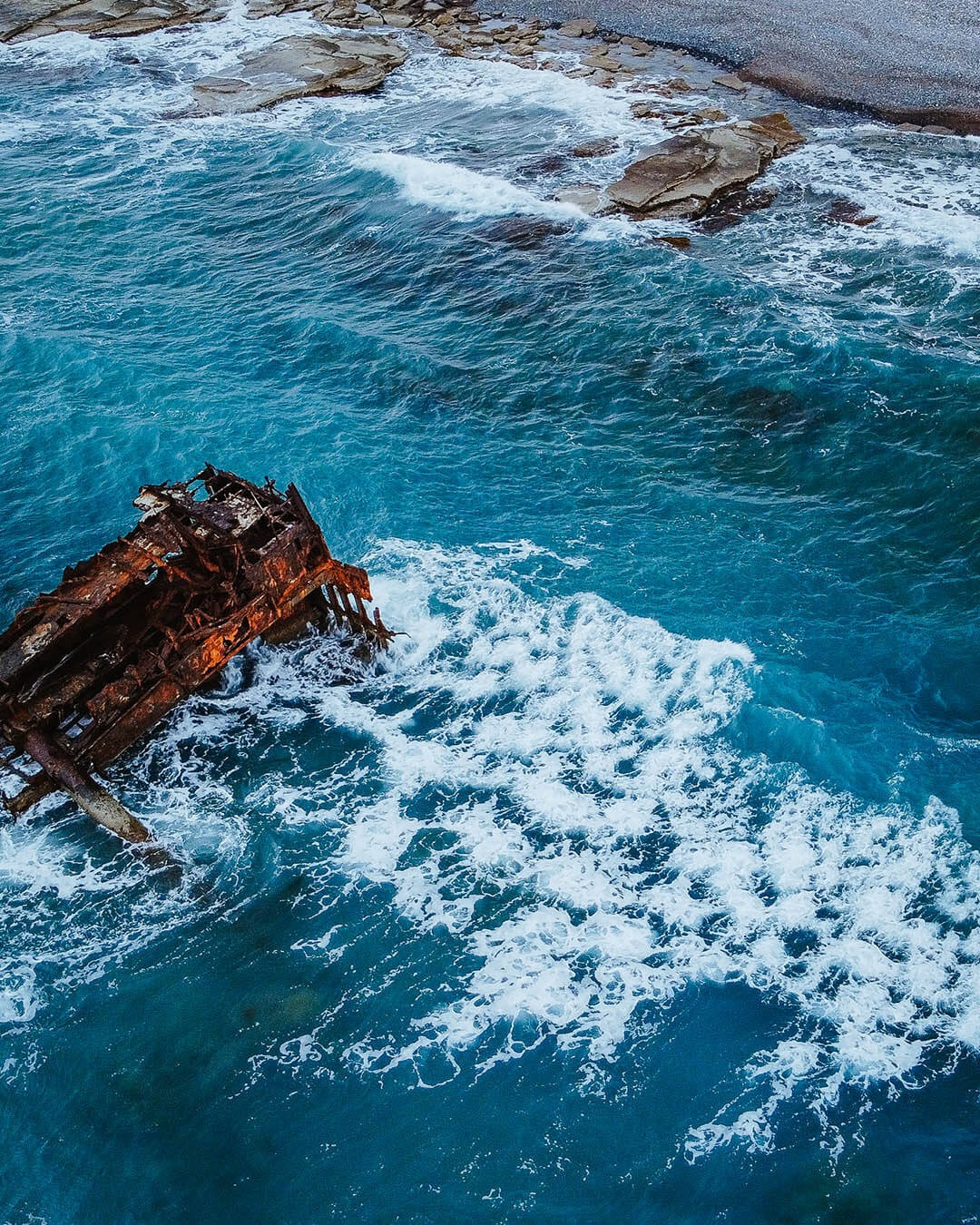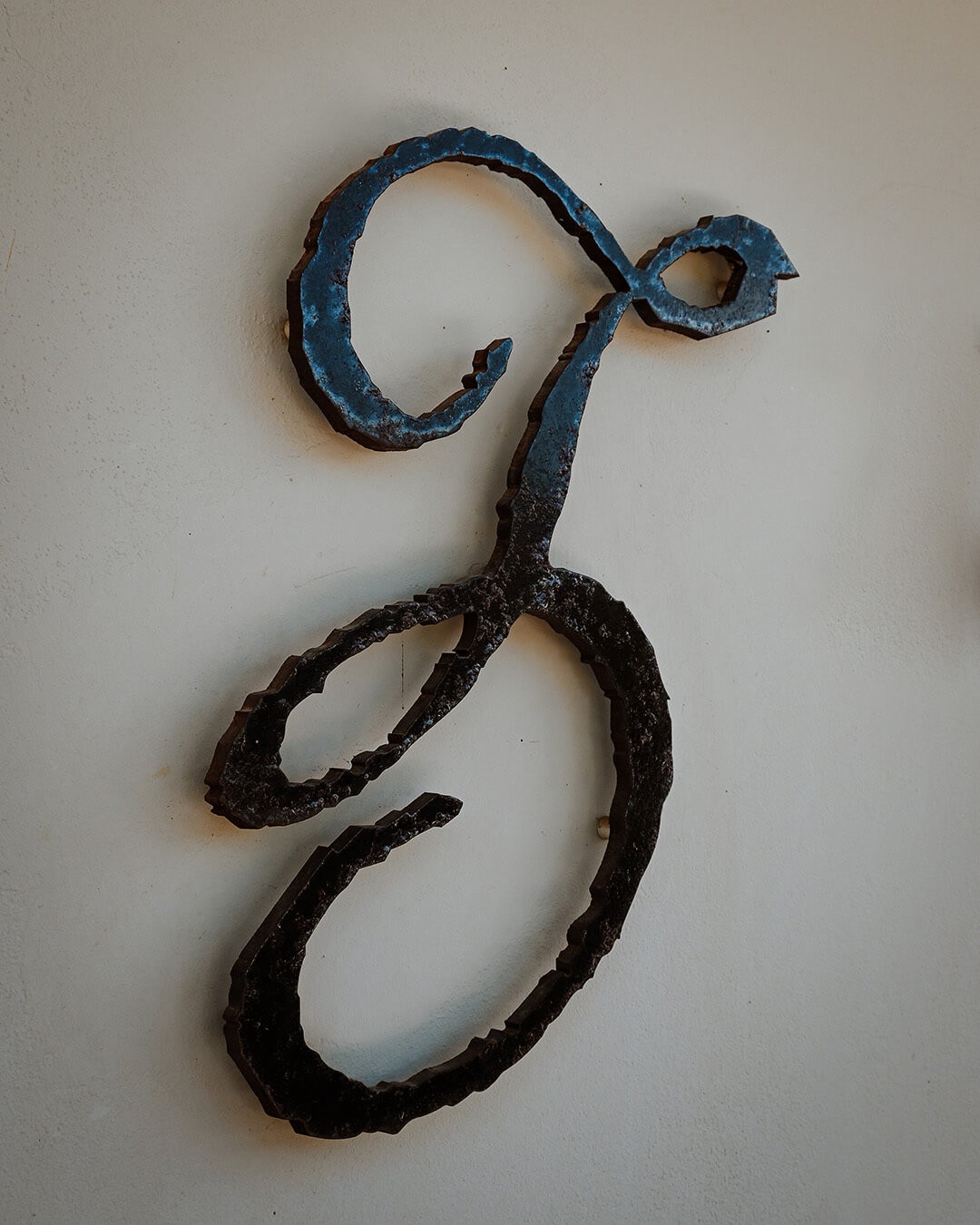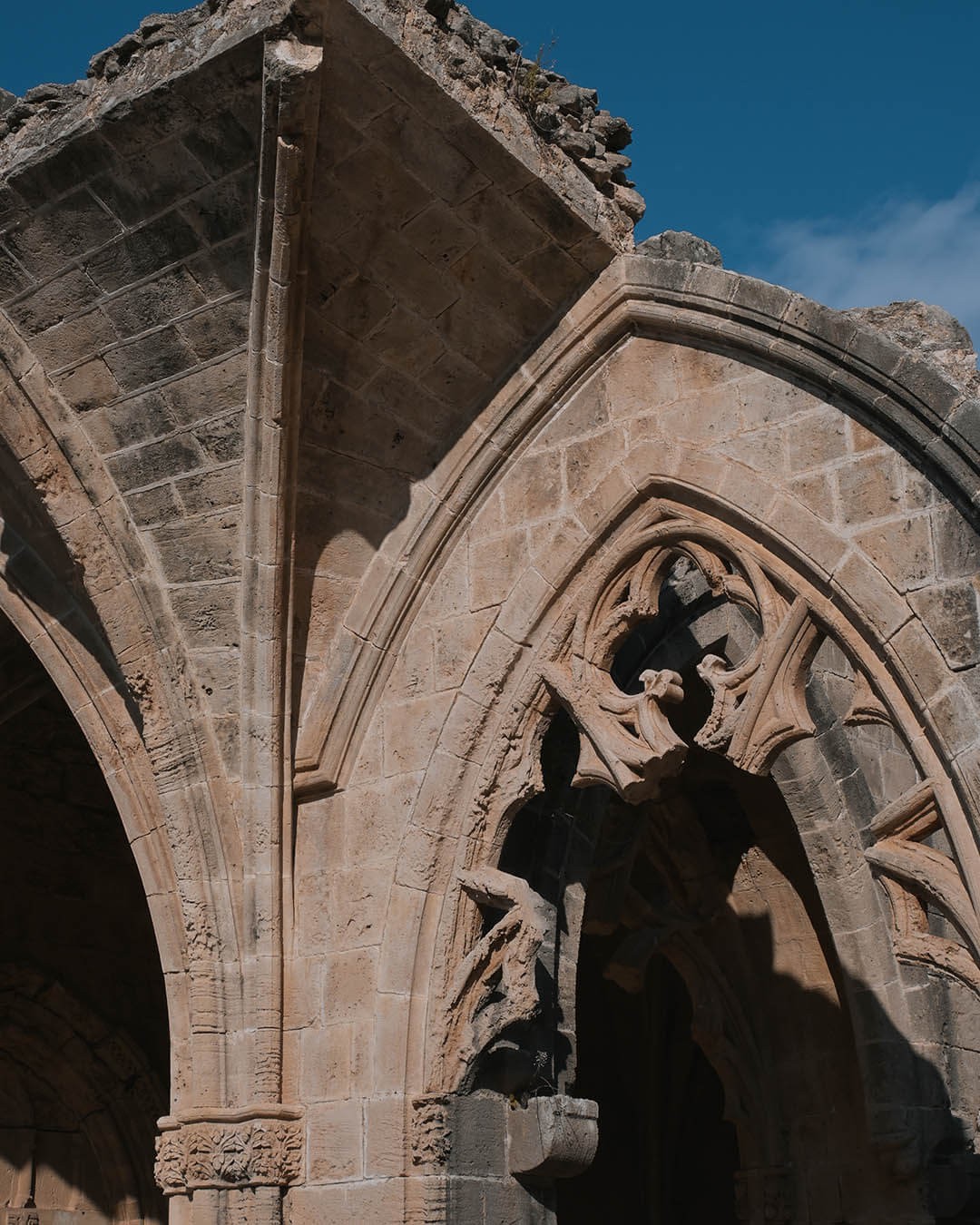Kalavasos
- Larnaca
- Village
Located in the southern mountainous region of the island, Kalavasos is a small village in the Larnaca district. Embracing the rich history of Cyprus, this quaint village offers a delightful display of Cypriot architecture and tradition, but it is the surrounding landscapes that truly captivate visitors.
Historical references and ancient maps indicate that the village has retained its name since the Middle Ages. It is believed that the name "Kalavasos" stems from the combination of the word "kali" ("καλή") meaning "good" in English and the ancient Greek word "vassa" ("βᾶσσα") referring to a "wooden valley." The name likely originates from the village's location, which once boasted a lush and verdant valley surrounding the Vasilikos river.
The village center comprises stone-built houses nestled amidst picturesque narrow streets. While exploring, visitors are encouraged to visit the village's cruciform-shaped church with a dome, dating back to the 19th century and dedicated to Virgin Mary. Additionally, the area is adorned with several smaller chapels. Another significant religious landmark is a 19th-century mosque, located near the main square, which was abandoned in the 1960s but has since been restored and preserved.
Extensive archaeological excavations in the region have led to the discovery of various historical sites. One of the oldest settlements found on the island, "Tenta," dates back to the Pre-Pottery Neolithic era (7th millennium BC) and is located a short distance from the main village of Kalavasos. Other settlements from the Neolithic and Chalcolithic eras (4500-2500 BC) have also been unearthed. The enduring existence of these settlements in the Kalavasos area can be attributed to the favorable conditions offered by the fertile valley and the abundant copper mines.
Kalavasos copper mines, covering an area of approximately 20km², have been extensively exploited from Prehistoric times to Late Antiquity (7th century AD). In the Iron Age, the mines were likely owned by the city-state of Amathus. After a period of dormancy lasting about a thousand years, the Hellenic Mining Company acquired the mines and resumed their operation in 1937 until the late 1970s. An interesting remnant of this era is the railway used to transport ore from Kalavasos to the Vasiliko harbor, a portion of which can still be seen at the park in the village's entrance.
For an authentic experience of Cypriot rural life and culture, Kalavasos is easily accessible from the island's larger towns and offers an ideal escape from the more touristy areas.
Other locations
All locationsKyrenia Castle
Kyrenia | Monument
Like something straight out of a fairytale, Kyrenia Castle stands at the entrance of the city's port, with almost all of its fortifications intact, it is one...
Achaios Shipwreck
Limassol | Point of interest
At the southernmost tip of Cyprus, in the remote coastline of Akrotiri peninsula, it is located MAV Achaios ship, a half-submerged vessel, ideal for explorat...
Zambartas Winery
Limassol | Winery
Cyprus is known for its unique grape varieties, which are indigenous to the island and one of the pioneering wineries that have been practicing the science o...
Bellapais Abbey
Kyrenia | Monument
Found in the district of Kyrenia, Bellapais Abbey is a popular location, thanks to its impressive Gothic architecture and its beautiful surroundings.
Aes Ambelis Winery
Nicosia | Winery
Southwest of Nicosia, on the slopes of Kalo Chorio village, is situated Aes Ambelis winery. Offering a vast wine variety promotes the winemaking potential of...
